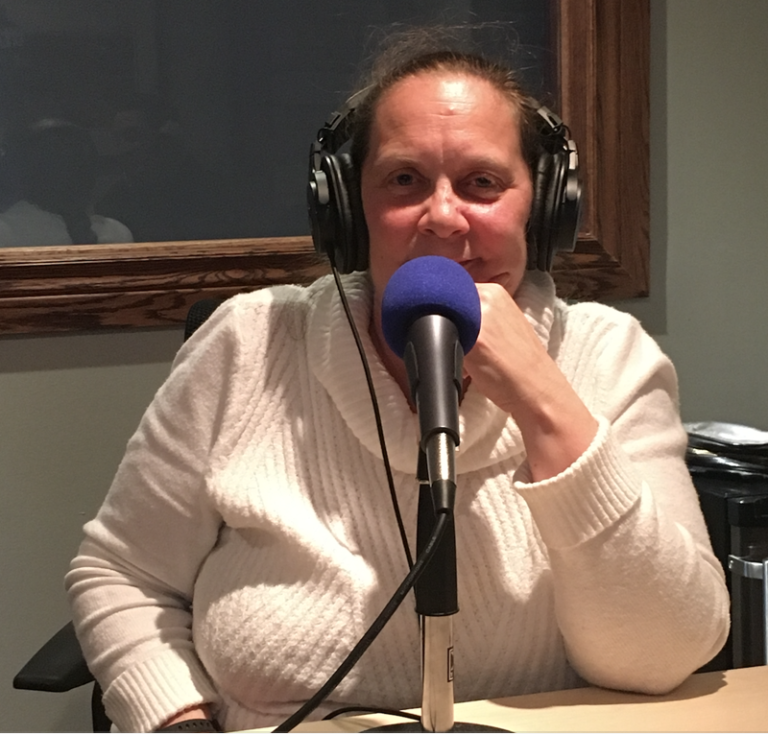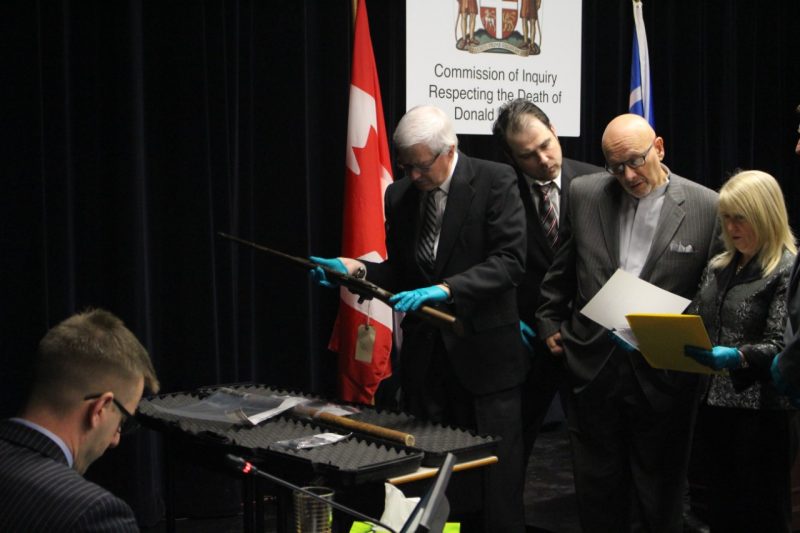
Sue Kelland Dyer
Activist, writer, blogger and defender of Newfoundland. Renowned expert on Newfoundland’s resources and the political scene. Her selfless work has saved us more than we truly understand and appreciate.
A landmark study in 2004 involving cases of medical malpractice estimated that as many as 70,000 patients in hospitals were injured as a result of preventable medical errors on an annual basis. Unfortunately many of those patients were severely inured or died. If we were to assume that with population increasing those numbers may even be higher today.
The three areas of practice that produce the most cases involve specialists, obstetrics and surgery.
If you or a family member who may not be able to speak on their own behalf suspects that they have been injured by negligent health care it is important that the case be discussed with legal counsel who can provide an opinion on the merits of the case. Many cases may not pass a legal threshold and therefore they may not be able to proceed. Often it will be necessary to obtain a medical opinion to review the case to determine if there was substandard care. Simply receiving poor care may not give rise to a viable case. It is not easy to sue a health care provider and statistics show that the number of medical malpractice cases are decreasing. Physicians are protected by a non-profit organization called the Canadian Medical Protection Association (CMPA) which has access to a $3.6 billion war chest to hire lawyers and experts to fight a medical malpractice case. Most cases are fought vigorously and take exceptionally long periods of time to reach trial. This has been called the “scorched earth defence”.
A medical malpractice case has a limited time frame in whch to commence a legal proceeding. If the time frame has passed then the case cannot proceed. Some provinces have different time frames depending on their legislation. It is essential to consult with a lawyer as soon as possible to avoid a time barred potential case. We handle cases that occur in other provinces and we will often partner with other lawyers as co-counsel who have immediate access to their provincial courts and system.
Catastrophic baby deliveries tend to have the highest settlements or court awards. They may be in the millions due to the enormous costs associated costs with patient care and medical treatment. The CMPA has reviewed over 169 such cases over the past ten years in which serious harm occurred during obstetrical deliveries and emergencies. Most cases involved a serious breakdown in judgment which lead to delayed delivery of the unborn child resulting in overwhelming injury to the baby. Catastrophic delivery cases are rare but they do occur and they are disastrous for the family and child. There are about 6 maternal deaths per 100,000 deliveries in Canada whereas 5 children may die per 1,000 births.
If you are concerned about a medical malpractice occurring you should secure the medical charts in their entirety so that the activity can be reviewed. Patients are entitled to a copy of their charts but will most likely have to pay a fee for the service.
Medical malpractice cases are difficult and require a great deal of time and resources. Even if there is evidence of improper medical treatment it will also require proof that the injury is due to that failure of proper care.
We would be happy to discuss your case with you at anytime but please be aware that a delay may result in a good case becoming time barred.
So you’ve been in an accident! It can happen to the best of us. Now what? The lawyers at Rogers Rogers Moyse can help you through this. We’ve done so for thousands of clients over the years so you don’t have to go it alone. But before you call us, we have a few suggestions to make sure that when these things happen, you know just what to do.
The first thing you should do when you’ve been in an accident is to make sure things don’t get worse. Stop your vehicle, turn off the ignition and put your emergency flashers on. Your safety and the safety of others is what’s most important at this time. Stay calm and assess whether you or anyone in your vehicle has been injured. Then try to determine whether your vehicle is in an unsafe place. If there are injuries, the vehicle seems to be damaged badly or unmovable or it is in an unsafe place, immediately call 911 or emergency response in your area. They will direct you as to what to do.
If you are not injured and it is safe to do so, you can exit your vehicle and check to see if there are people in other vehicles who are injured. Remember, if there are any injuries, you should immediately call for help. Moving an injured party may cause more harm so you should not move that person unless there is immediate danger such as fire.
Next thing you should do is document the accident scene by taking pictures of your vehicle and the other vehicles involved in the accident. Remember, only do this when it is safe. These photographs can be invaluable later and with most people having access to smartphones, the more pictures to describe the accident scene, the better.
Once you have made sure it is safe to do so, you can move your vehicle to the side of the road or the nearest safe place. It is helpful to discuss or plan a place to move the vehicles with the other drivers involved in the accident so that all parties can safely exchange information while staying out of traffic. If your vehicle cannot be driven, make sure to leave your emergency flashers on and provide other motorists with as much warning of your vehicle as possible. This is where things such as road flares, warning triangles, etc. can be very handy.
Now you need to gather information on the other vehicle or vehicles involved. The information you will need for every vehicle involved in the accident are:
You should also get the names and telephone numbers for any witnesses who may be very important in determining what happened in the accident. Remember, safety is what is most important so exchange information only when you are away from traffic or other dangers. If the police attend the accident scene, they will likely gather this information but it is still important for you to gather this information yourself.
Once you have collected all the necessary information, you should notify your insurance company as soon as possible and report the accident to the police if they did not attend the accident scene. Then, call us, Rogers Rogers Moyse at 722-3777, day or night.
Car accidents are terrible, no doubt. But you are not alone when it happens. Remember, the lawyers at Rogers Rogers Moyse have extensive experience in helping the people of Newfoundland and Labrador deal with their personal injuries cases. From motor vehicle accidents, motorcycle accidents, slip and falls and many other types of accidents, we can help you receive the compensation you deserve and get the protection you need. With personal injury cases, you only pay us after you receive a settlement. We will gladly meet with you to discuss your case, anywhere, anytime. Rogers Rogers Moyse can take on the worry and burden of dealing with these legal matters so that you can focus on getting well. At Rogers Rogers Moyse, We Stand For You.
Key Points
In June 2016, Mark Rogers appeared before the Court of Appeal in Unifund Assurance Company v. Churchill to respond to an appeal by an Auto Insurance Company. In this matter, Mark argued that the Insurance Company’s request for disclosure of Independent Medical Reports from previous court proceedings had been properly denied at the Trial Division level on the basis of the Implied Undertaking Rule.
Independent Medical Reports are created when Insurance Companies force an injured person to submit to an Examination by a doctor of the Insurance Company’s choosing. In this case, the Auto Insurance Company was asking the Court to force Mark’s client to disclose any such reports that may exist from other legal matters.
The Implied Undertaking Rule is a fundamental principle of the laws of civil procedure and is meant to apply without the need for a request of the parties or an application to Court. According to this Rule, it is implied that each party involved in a court proceeding has agreed to not use any information or documents disclosed during that proceeding for some other purpose outside of that proceeding. The Rule applies regardless of whether that information or documents may have relevance to other legal matters, so long as it is not used at Trial. The rationale for the Implied Undertaking Rule is to protect the privacy of both parties and encourage settlement discussions.
Unfortunately, in Unifund Assurance Company v. Churchill our Court of Appeal determined that the Implied Undertaking Rule should never apply to Independent Medical Reports. Mark strongly believes in the importance of privacy for all of his clients, especially when it comes to medical information the client had no choice but to disclose. Therefore, in early 2017 Mark has asked the Supreme Court of Canada for leave to apply to have the decision of the Court of Appeal overturned.

Associate Cletus Flaherty views evidence at the Commission of Inquiry Respecting the Death of Donald Dunphy. Cletus is representing the Don Dunphy Community Coalition at the Inquiry investigating the circumstances resulting the death that occurred in Mitchell’s Brook on April 5th, 2015.
Article Source: http://www.thetelegram.com/news/local/2017/1/18/_i-thought-i-was-going-to-be-shot-.html